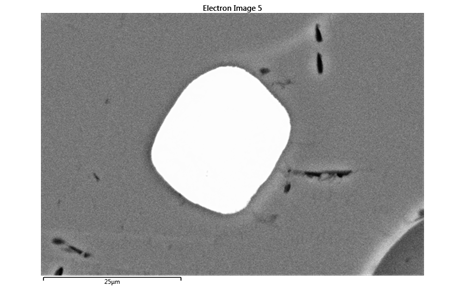Project details
One of the few highly coloured materials that has been found at the Late Bronze Age (9th-8th century BCE) waterlogged site of Must Farm near Peterborough, is glass. The largest number of Late Bronze Age glass beads from any site in England has been found at the site. They are mainly green and their preservation is variable.
This cross-disciplinary collaborative project aims to define the technology used to make this very important collection of glass beads and to provide a provenance for the glass.
The project team use major, minor and trace element analysis (electron probe microanalysis and laser-ablation inductively coupled plasma mass spectrometry). They also use neodymium and strontium isotope analysis using thermal ion mass spectrometry.
The electron microprobe is located in the Nanoscale and microscale research centre on the University of Nottingham's University Park campus. The LAICP-MS and TIMS are located at the nearby British Geological centre.
Project outcomes
The unpublished results show:
- That the glasses have an exotic origin and
- That the technologies reflect the technological transition that was occurring at the time - a change from a plant ash flux to a mineral (natron) flux.
Publication of the results is in preparation. They will appear in The Must Farm Pile Dwelling Settlement, volume 2, specialist contributions, to be published by McDonald Institute, University of Cambridge.
The project team consider that the results are so exciting that they will open a new chapter in the development of ancient western glass technologies.

A rounded zircon crystal trapped in one of the Must Farm glass beads. Zircons are one of the minerals that occurs in sands